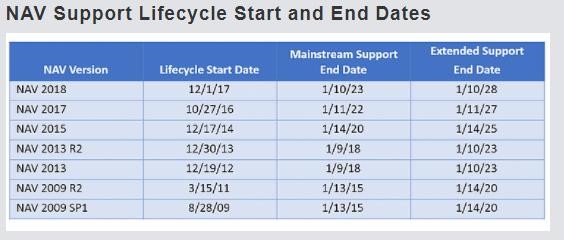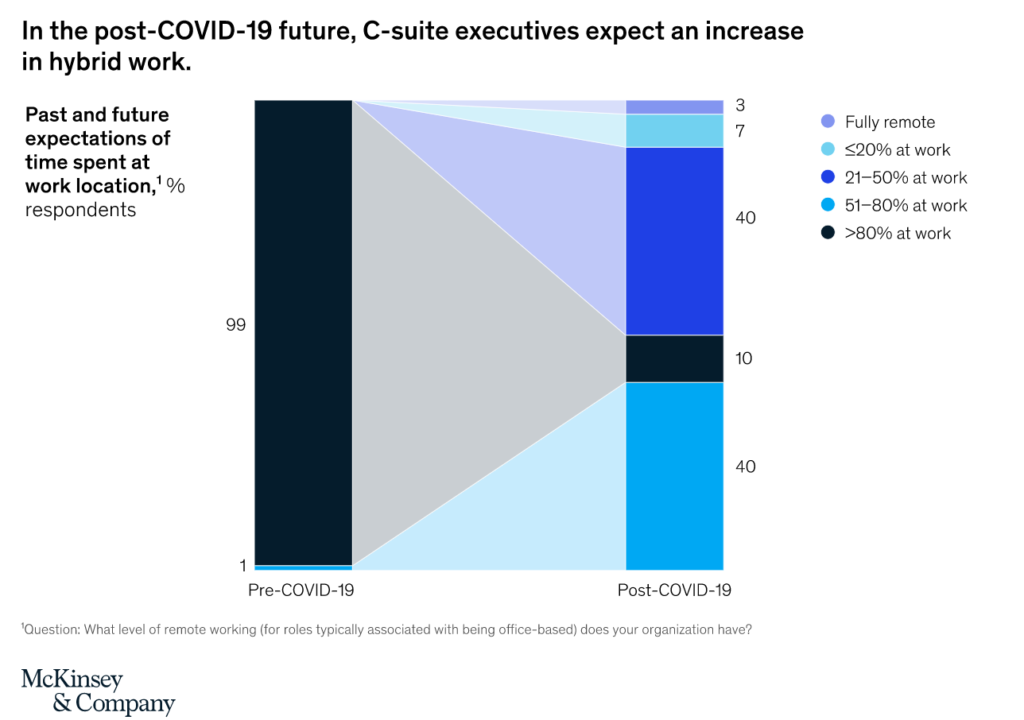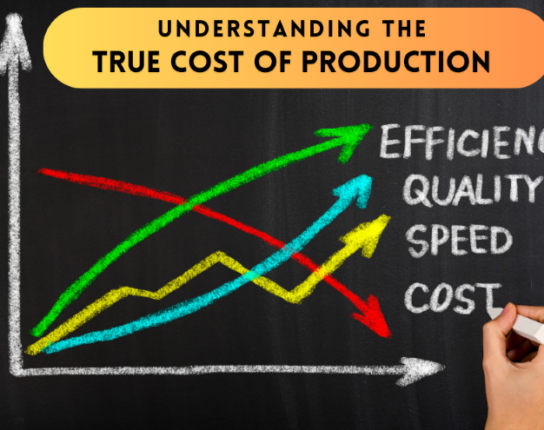At some point, every company needs to evaluate if the business system that got them where they are today, is going to continue getting them where they want to go into the future. This blog article asks the question: “Is 2022 the right time to make a move from Dynamics NAV”?
It’s normal. Technology and its adoption move quickly. Our beloved Dynamics NAV is no exception. Microsoft recently announced their NAV Support lifecycle start and end dates. As you can see, unless you are paying big bucks for extended support, your NAV 2013, 2015, and 2017 implementations are nearing the end of life.

Now we aren’t saying it’s time to jump off the Microsoft ship, we are actually saying the opposite. Read below to learn more.
4 Reasons why now might be the time to consider a move from NAV
1) How we do business has changed.
Go back 10 years, are you doing business the same way? Meaning, do you offer the same products, sell to the same customer segments, distribute through the same channels, support customers the same way? Odds are, no. It is likely your business has faced pressures in how it does business. Did your internal processes keep up with it?
There is a possibility you may have done what you could do over the years to stitch things together as new challenges come up. Examples could include e-commerce, or how you distribute, or how you support customers. Well, these days, your ERP systems need to extend outside the four walls of the business. How you manage supply chain, purchase goods, process sales orders, manage inventory. This information needs to happen in real-time on-demand. Cloud architecture supports all of this.
In the coming year, you have a chance to rethink some of these operating constraints and address them with a modern platform.
2) Hybrid work
The pandemic has taught us a few lessons in business. But one lesson that even impacted the food industry’s work patterns is how important it is to support our employee’s ability to work from anywhere. Not being able to do so will have an impact on our ability to find new talent, and ensure our employees are productive. A recent McKinsey study illustrates this. While nearly 99% of all work was done in the office prior to the pandemic, post-pandemic only 10% will be in office, at least according to this survey.
Now, this survey clearly didn’t speak to CEOs in the food industry. For a legitimate business need, your front office workers came to the plant in solidarity with the production floor. But let’s not kid ourselves, you probably felt the technology constraints too often in the past year. Employees are stuck at home with the kids but unable to get the work done. Trying to be productive but they couldn’t because the remote desktop server was maxed out, or performance was too poor. In today’s age, even manufacturing companies need to offer employees more options to work remotely. If for anything, to preserve business continuity.

Source: McKinsey
Dynamics NAV was architected over 20 years ago. As an on-premise ERP system – one that sits on a server supporting people within the four walls of a business. It was never envisioned that people would need to access sensitive information from remote. Sure, there are ways around it with remote desktop capability and lifting your server into the cloud, but this isn’t the same as a cloud-based architecture, a fact that most of us can recently attest to.
Microsoft’s more modern accounting and ERP platform, Business Central, was architected for the cloud from birth. It is tightly integrated into productivity tools like Office 365, MS Teams, and Power BI reporting with native hooks and integration. It’s built to run on any device from any location without impediment. It’s built with a security-first architecture so there is no risk of malware or ransomware intrusion which is on the rise in small to mid-sized businesses because bad actors know how susceptible smaller companies are to cyber threats.
Bottom line, if a hybrid-work policy is in your future, now might be the time to think about a transition.
3) You are feeling locked in with your food software vendor
We only work with companies in the food industry. And if you are reading this, you are likely running Dynamics NAV today, you are clearly in the food industry too. Maybe you are locked in with one of the food software vendors of the past, paying big support contracts, bigger rates, and dealing with poor levels of support. If you are feeling locked in, making a move to Business Central might provide the best opportunity to get out of that one-sided relationship. Get back to base Microsoft, receive better levels of support. Spend far less money and get far more from it.
4) Microsoft is making it financially easy to shift
As of September 1, 2021, Microsoft is announcing the ‘Bridge to Cloud’ promotion. Existing Dynamics NAV customers can renew their Enhancement on a monthly basis and receive Dynamics 365 Business Central online licenses at a 60% discounted price for up to four years. Customers who enroll in this promotion can continue to use their on-premises product in parallel with Business Central online while maintaining Enhancement benefits on their on-premises license throughout the promo term.
Conclusion
With the convergence of this pricing incentive, business change, and technology advancement; now might be the right time to put a Dynamics NAV Migration on the radar for 2022.
Speak to one of Harvest’s experts on how to plan for a migration the right way. It’s less painful than you might think, and commercially speaking, there is no better time than now to make a move.











